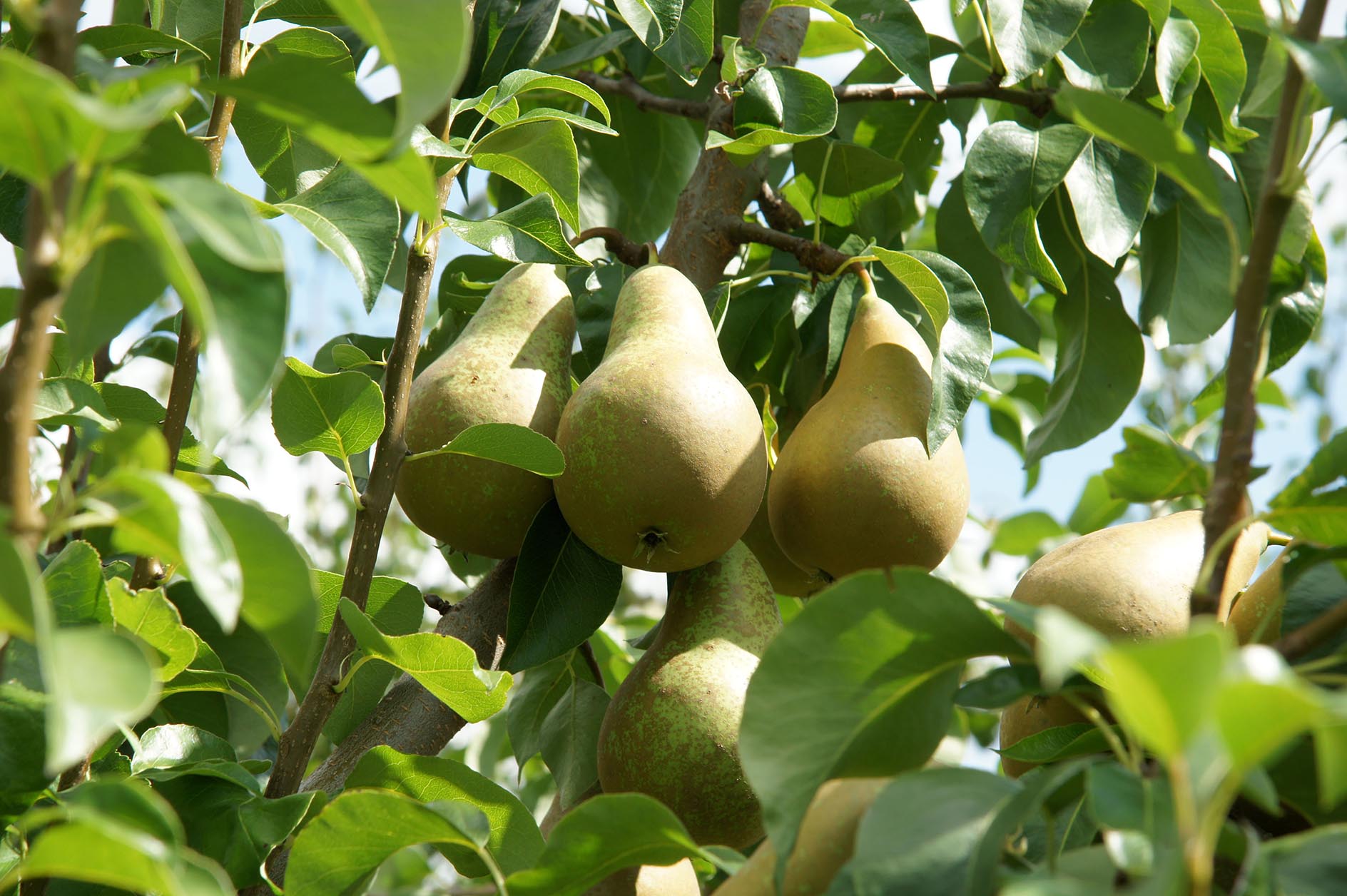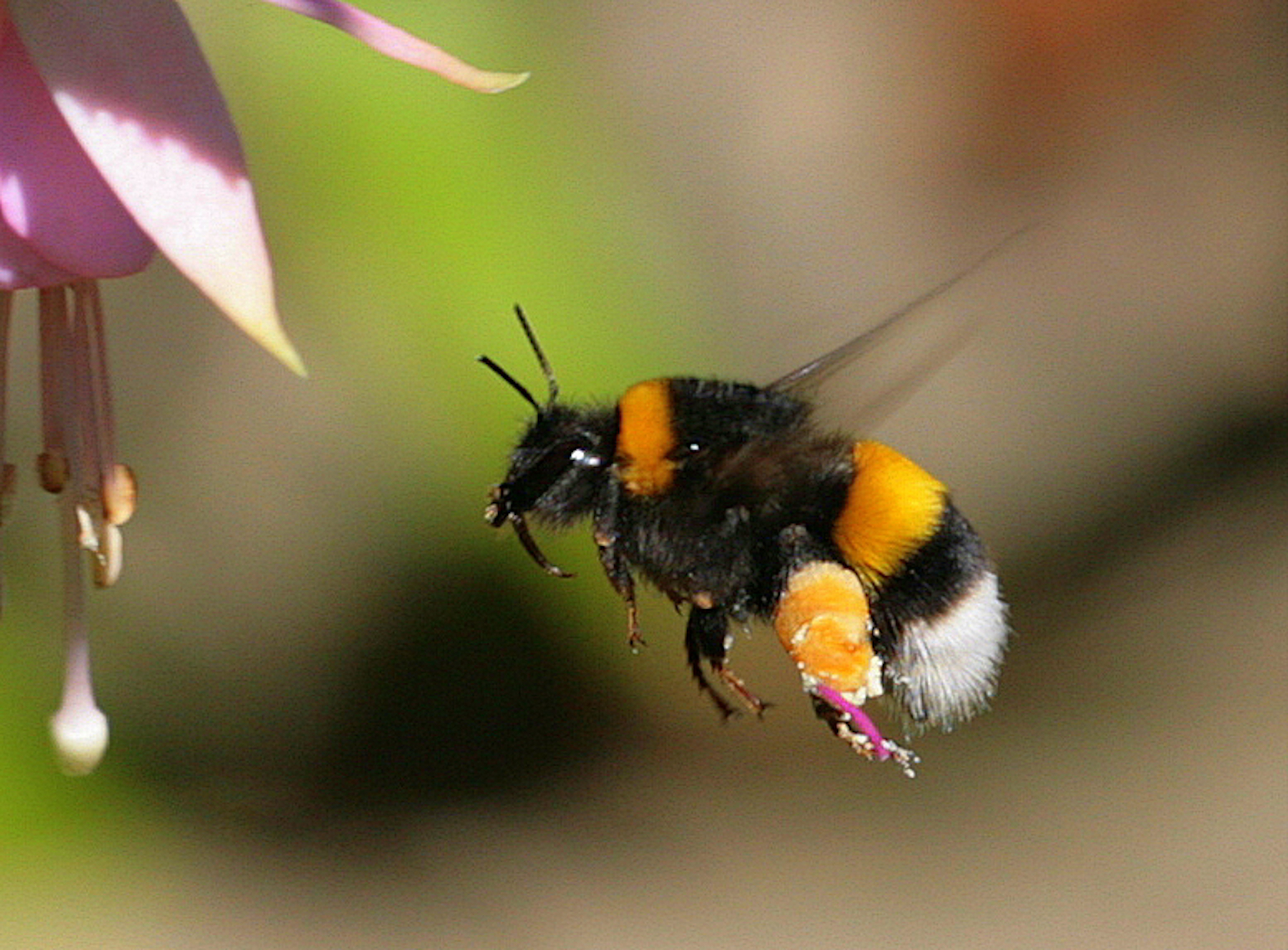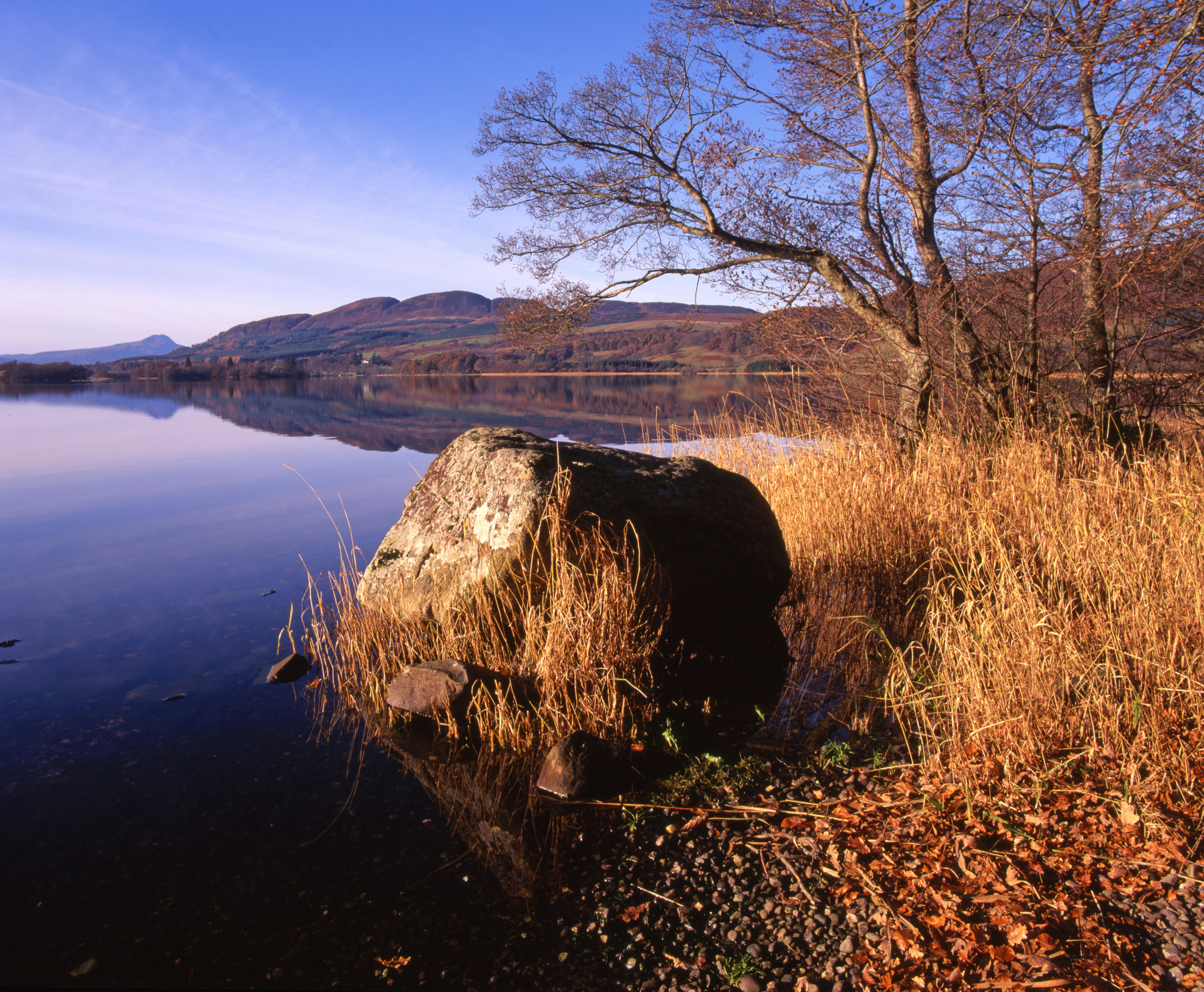Curious Questions: Where do conference pears get their name?
Conference pears bear one of the oddest and most incongruous names in the world of fruit and veg. Martin Fone, author of More Curious Questions, delves deeper to see how they came to be called what they are.


One of the joys of autumn is the appearance of indigenous pears on supermarket shelves, October 4th marking the start of this year’s British apple and pear season. While there may be over five hundred varieties of pear, according to the Defra National Fruit Collection, the odds are that the British pear you will see on the shelves will be a Conference, which, at 15,600 tonnes in 2020, accounted for over 90% of the UK’s commercial pear production.
Slightly larger than other varieties, the Conference has a distinctive elongated bottle shape and a thick greenish-brown skin that attains a yellowish hue as it ripens. The brown patches on its skin, which can seem disconcerting to the eye, are known as russets and are not only edible but give the fruit a delicious nutty flavour. Russeting is generally caused by moisture on the fruit’s skin as it grows.
One of the Conference’s advantages is that it can be eaten when slightly unripe or ripe, its taste and characteristics changing between the two states. Unripe, its flesh is white, crunchy, with a slightly acidic taste, making it ideal for cooking as it keeps its shape reasonably well. Left in the fruit bowl for a couple of days to ripen, the flesh turns to a slightly yellowish colour, and is soft, juicy, and sweet. A case of chacun à son gout.
Once picked the Conference has a long storage life, if kept at temperatures of around minus one degree Centigrade. Gardeners will find that they will last well into January if they are put in a refrigerator. Fruiting when it is around three years old, a year earlier, on average, than its rivals, the Conference reaches maximum cropping potential at around the six-year mark. Disease free, it can have a productive life of around 35 to forty years, although they will live for much longer. It is easy to see why the Conference has dominated the market.
The pear, Pyrus communis, the fifth most widely produced fruit in the world, originated in China and Asia Minor, but soon spread westwards. The palace of Alcinous had ‘pear upon pear waxing ripe’, according to the Homeric Odyssey (7.120), one of ‘the glorious gifts of the gods’ bestowed upon the king of the Phaeacians. By the first century BC the Romans, using propagation methods not dissimilar to those deployed today, had more than forty cultivars while a century later Pliny the Elder, in his Naturalis Historia, detailed all the known varieties.

The Romans almost certainly introduced cultivated pears to western Europe, including Britain. In the Middle Ages pears were mainly used for cooking, either stewed or baked and flavoured in honey and sweet wine, in an attempt to make what was a tough, grainy, and sour fruit vaguely edible. However, by the 17th century, the royal horticulturalist, Jean-Baptiste de la Quintinie, however, had so advanced the cultivation of the pear that it was deemed a fruit worthy to grace the table of Louis XIV.
Amongst Quintinie’s creations was a buttery eating pear. Many of the varieties he grew would seem unfamiliar to us, some so small that they hung like a bunch of grapes while others were gigantic. Quintinie was an enthusiastic fan, writing in 1661 that ‘among all the fruits in this place [Versailles], nature does not show anything so beautiful nor so noble as this pear. It is pear that makes the greatest honour on the tables’. Sadly, they were beyond the pocket of all but the rich.
Exquisite houses, the beauty of Nature, and how to get the most from your life, straight to your inbox.
That the pear became more affordable was due in no small part to the efforts of the Belgian plant breeder, Jean-Baptiste Van Mons, who for fifty-one years until his death in 1842 devoted his life and much of his money to improving the fruit. Among his innovations were the Bosc and d’Anjou cultivars. Mons’ mission was to develop pears that produced a good yield and were hardy, but also were juicy, soft and fragrant.
The first recorded instance of pear cultivation was in New England in 1629 from seeds brought over by settlers. While European varieties grew well in North America, the greater genetic variability of the American pears meant that they did not thrive in European soils. Ironically, the seeds of the crisis that led to the development of the Conference were sown when a schoolmaster from Aldermaston, John Stair, sometime between 1765 and 1770, produced a new variety of pear.
Known as the Stair or Aldermaston pear, it became the Williams pear when the eponymous nurseryman acquired the variety. James Carter introduced it to America in 1799, planting some trees on Thomas Brewer’s estate in Roxbury, Massachusetts. When Enoch Bartlett bought the estate, it had another name change, and the Bartlett pear proved so popular that it became one of the principal varieties grown in North America.
The development of the railways and refrigerated steamships meant that North American produce could easily be exported to Britain and Europe, and such was the volume of fruit produced that a Foreign Fruit Exchange was created in Covent Garden Market in 1887. Sensing the threat to their livelihoods and determined to fight back, British pear growers decided to select one main variety suitable for domestic conditions and large-scale production. The problem was determining which one. A group of head gardeners drew up a shortlist of favoured pears, but no consensus was forthcoming.

Help, though, was on hand from another Belgian grower, Leo Leclerc. Several decades earlier he had developed a pear, described by Thomas Hogg in his Fruit Manual (1860) as ‘flesh white, half-melting or crisp, juicy, sweet, and perfumed. An excellent stewing pear, which in some seasons is half-melting, and is in use from January to June’. It was this pear, the Leon Leclerc de Laval, that Thomas Frances Rivers from Sawbridgeworth used as the female parent for a new pear he developed at his nursery in 1884. The male parent is unknown.
The pear was an instant success, winning the first prize in October 1885 at the National Pear Conference held in Chiswick, at the Royal Horticultural Society’s gardens. His new cultivar, described as a mid-season dessert pear, also won first prize at the Apple and Pear Conference of 1888, where the vexed question of which pear to select to meet the American challenge was still being aired.
Heavy rain may have kept the crowds away, but Rivers’ success, and his influence as chairman of the Conference that year, resolved the committee’s dilemma. His pear’s characteristics, self-fertile, tasty, scab resistant, a heavy cropper and suitable for damp and cool conditions, made it ideal for reviving the British fruit growers’ fortunes. Having decided which variety of pear to grow, coming up with an imaginative name for it proved far too challenging. As a result, Rivers’ pear was simply known as a Conference after the conference at which it was selected.
The first commercial orchard was planted by Talbot Edmonds at Allington, near Maidstone, surviving until 1970. Conference pears have never looked back and are even widely grown in France and Belgium. Rivers would have appreciated the irony.
Martin Fone is the author of several books including 50 Curious Questions and 50 Scams and Hoaxes. His latest book, More Curious Questions, is out now.


Credit: Alamy Stock Photo
Curious Questions: Who invented the lawnmower?
Martin Fone delves into the history of the lawnmower and discovers a link to weaving machines.

Curious Questions: How does a bumblebee fly?
Scientists only discovered the humble pollinator's secret in 2005, says Martin Fone.

Credit: Melanie Johnson
Why is pancake day called 'Shrove Tuesday'?
Martin Fone investigates how Shrove Tuesday got its name — and also unveils the history of the day that precedes it,

Curious Questions: Why does Scotland have 30,000 lochs, but only one lake?
A moment's reflection on a cancelled pub quiz gets Martin Fone wondering about Scotland's only lake.
After graduating in Classics from Trinity College Cambridge and a 38 year career in the financial services sector in the City of London, Martin Fone started blogging and writing on a freelance basis as he slipped into retirement. He has developed a fearless passion for investigating the quirks and oddities of life and discovering the answers to questions most of us never even think to ask. A voracious reader, a keen but distinctly amateur gardener, and a gin enthusiast, Martin lives with his wife in Surrey. He has written five books, the latest of which is More Curious Questions.
